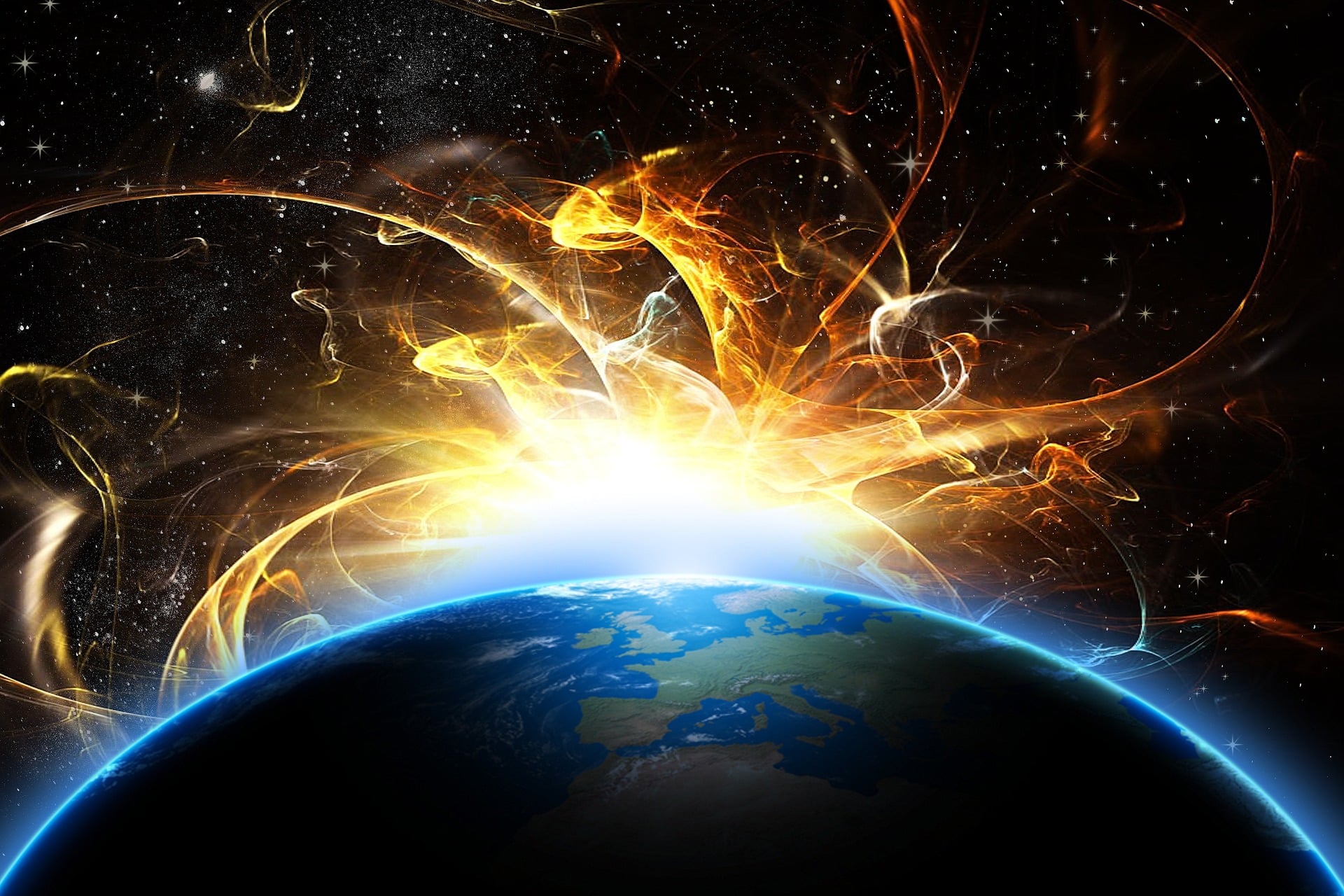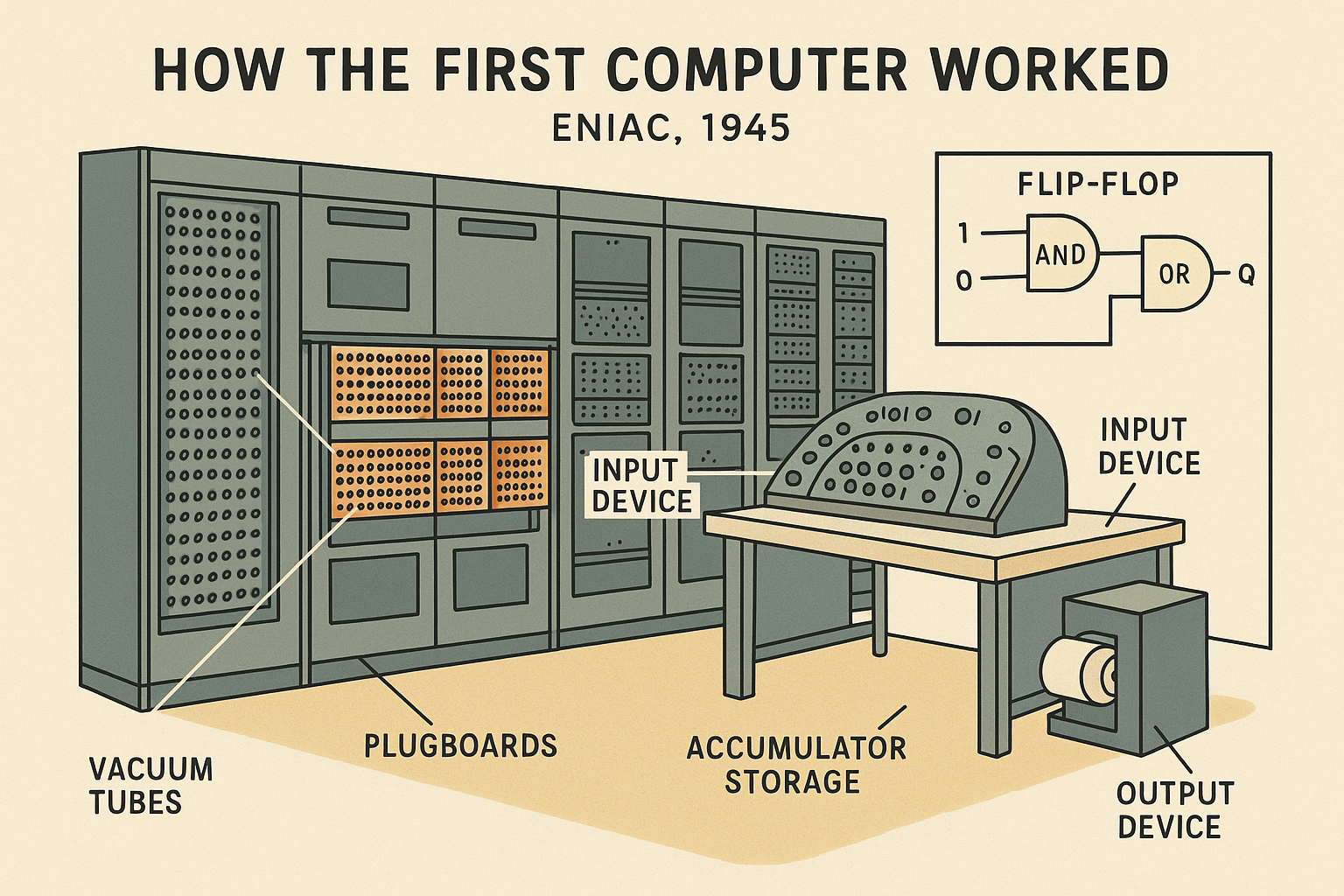
Nuclear fusion: have we figured out how to produce energy?
If you are passionate about physics, the title of this article might have made you turn up your nose, anyone with even simple distant memories of high school physics lessons should remember a phrase that more or less says “nothing is created, nothing is destroyed, everything changes”.
The sentence just stated takes the name of the law of conservation of mass and is an axiom of the French physicist Antoine-Laurente de Lavoisier. Without going into too much detail, reading it without reminding us much of physics still lets us understand that the processes that regulate our universe are processes of transformation, not of creation: nature takes what it already has and transforms it into something else.
Let’s continue our physics review and move on to what by many is the most important (and irrefutable) postulate of human knowledge: the second law of thermodynamics. One of the consequences of the second law of thermodynamics concerns the perpetual motion machine, a sort of philosopher’s stone for engineers and physicists: a machine capable of continuously converting thermal energy completely into other forms of energy cannot be built. That “completely” alludes to the energy dissipation of processes: trivially, every time we start a transformation process we have to waste energy, for this reason perpetual motion cannot exist, because there will always be a need for energy to compensate for the dissipated one.
What we have summarized so far represents one of, if not THE, most solid foundation of modern physics and human knowledge. For decades and decades great physicists have tried to disprove this principle, but paradoxes were always around the corner to spoil the parties of the greatest minds in the world. Building a perpetual motion machine would mean having infinite energy, and we let you imagine what that would do to our entire existence.
Just in these days, however, some indiscretions leaked from the Lawrence Livermore National Laboratory in California have circulated news bordering on the incredible: 2.5 megajoules of energy have been produced compared to 2.1 megajoules of energy consumed.
Well yes, the long premise of this article, as well as of the history of physics as we know it, seems to have been debunked. In the physics field, experiments and data analysis must be verified several times with the utmost precision, so we are waiting to sing victory, however the laboratory has confirmed that a successful experiment has taken place in recent days and is leaving everyone anxiously awaiting new information.
Even if the results are confirmed, we are still a long way from a possible application in real life, but fusion processes could become the basis of our own livelihood: we are in a historical period in which it is essential for humanity to solve the problem of energy sources and their impact on the planet. Fusion is a process with a very low environmental impact which could represent the basis of many sectors, above all if one day we will really be able to produce energy, in the strict sense of the term.
Even if it seems like small and interesting news only for enthusiasts, it could be one of the greatest discoveries in history.








